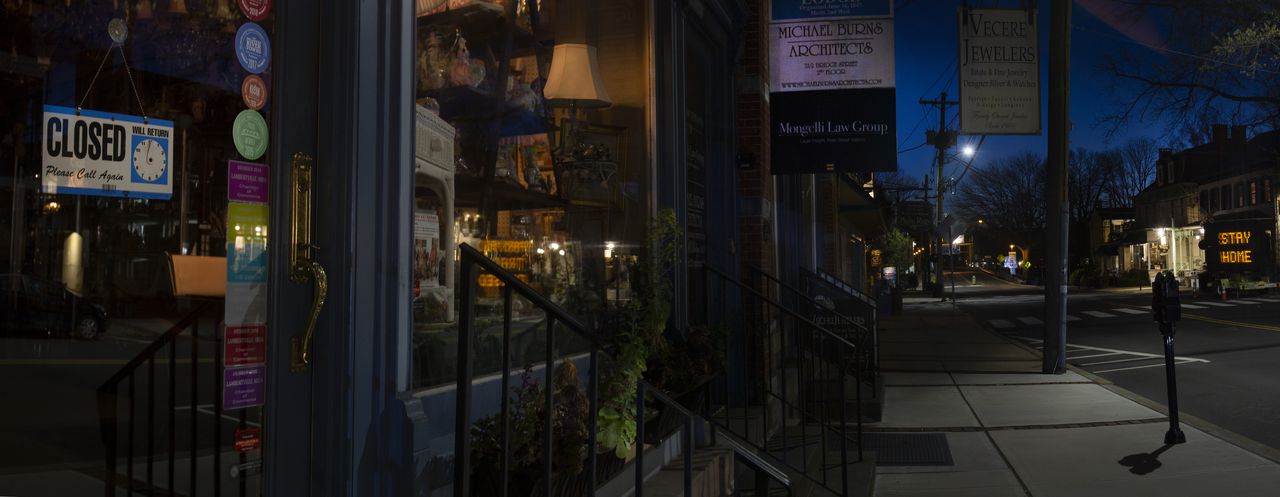Nearly 70,000 New Jersey workers applied for unemployment benefits last week, the lowest weekly total since the state initiated aggressive social distancing due to the coronavirus crisis in March.
All told, nearly 1.1 million workers in the Garden State have successfully applied for jobless benefits over eight weeks of social distancing and 725,000 of those are receiving benefits.
The state has seen an unprecedented surge in unemployment claims since mid-March, when businesses statewide were ordered to close their doors or dramatically curtail their services to slow the spread of the disease. Since then, people who found themselves without a job have complained of waiting more than a month for benefits or running up against an overwhelmed online application system and call centers.
There were 69,689 new applications filed the week ending May 9, according to the New Jersey Department of Labor and Workforce Development. New applications peaked in late March and early April, when more than 200,000 workers were filing claims each week.
Biggest job losses were in casinos, which have been dark since mid-March, retail, food service, restaurants and airlines. Restaurants were ordered to close their dining rooms and permitted to operate for delivery and carryout only.
New Jersey workers who are eligible for unemployment may receive 60 percent of their wages, up to $713, for up to 26 weeks. Recipients will also receive $600 in additional Pandemic Unemployment Assistance payments from the federal coronavirus stimulus.
The state Labor Department announced it has now paid out $2.7 billion in pandemic-related unemployment benefits.
New unemployment claims are one of the clearest barometers of the coronavirus’s economic toll. This latest report comes as at least 9,702 people have died and more than 141,000 have tested positive for the coronavirus statewide.
Nationally, another 3 million people filed jobless claims, bringing the number of U.S. workers applying for benefits over eight weeks to more than 36 million, according to the U.S. Department of Labor.
Economists have warned the jobless rate could hit 25%. For comparison, unemployment during the Great Depression peaked at nearly 25 percent and at a hair under 10 percent during the Great Recession.
The question remains how many of those workers will be back on the job when states lift their stay-at-home orders and how many jobs won’t come back. New Jersey Gov. Phil Murphy has taken early steps to reopen the state, on Wednesday signing an executive order allowing nonessential construction to resume and nonessential retail businesses to open for curbside customer pickup only.
State Senate leaders this week urged Murphy to devote more state employees to wiping out the unemployment backlog.
“If there is a single state employee available to assist, they should be at the unemployment office. If training is needed, then train. If licenses are needed, then buy the licenses. This is an immediate priority and the time to deliver on this is now," the lawmakers, including Senate President Stephen Sweeney, D-Gloucester, said in a letter to Murphy.
Thursday’s unemployment figures surprised at least some economists who said the continued rate of claims shows how drastically the pandemic is hitting the U.S. economy.
“It should be coming down now, there aren’t that many people left to lay off,” said Julia Pollak, a labor economist at the jobs website ZipRecruiter.
But last week’s federal jobs report showed at least some evidence that unemployment could continue to grow as state and local governments feel budget crunches. Layoffs of government workers, as well as teachers and staff of community colleges and state universities, could continue to drive the country deeper into the recession.
“Many private sector companies realized what was happening and cut to the bone pretty quickly,” Pollak said. “But I worry that there could be a whole second wave starting now.”
Heidi Shierholz, a labor economist with the Economic Policy Institute, said the impending crisis of mass unemployment among state and local governments is preventable if the federal government steps in. State and local governments have balanced budget requirements, restrictions the federal government doesn’t have.
A new bill introduced by House Democrats this week would send $500 billion to cash-starved local governments.
“The fact that we’re not doing it now is just unconscionable,” Sheirholz said. “It’s a huge unforced error.”
